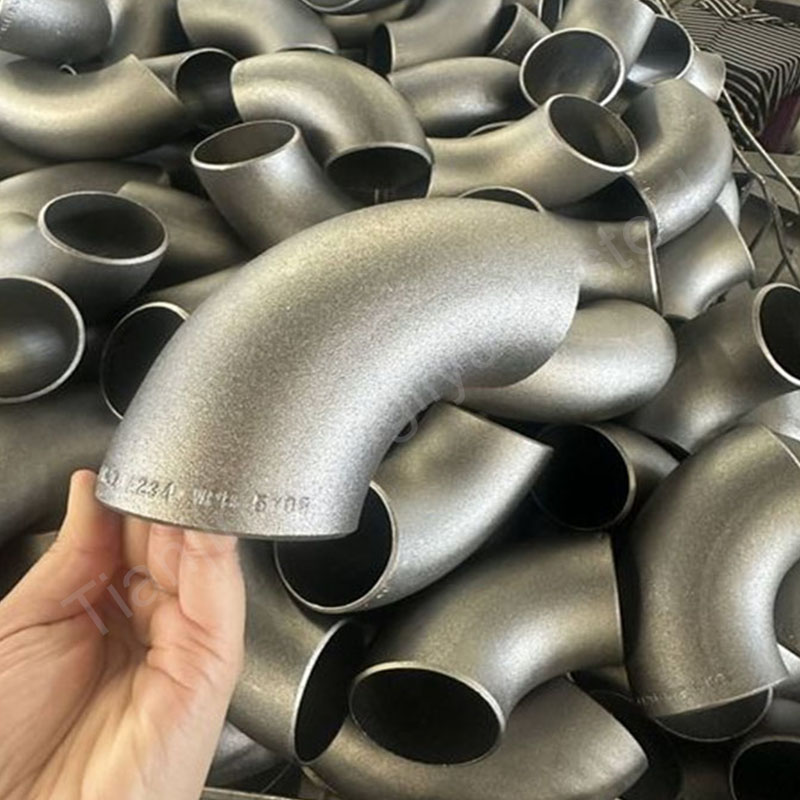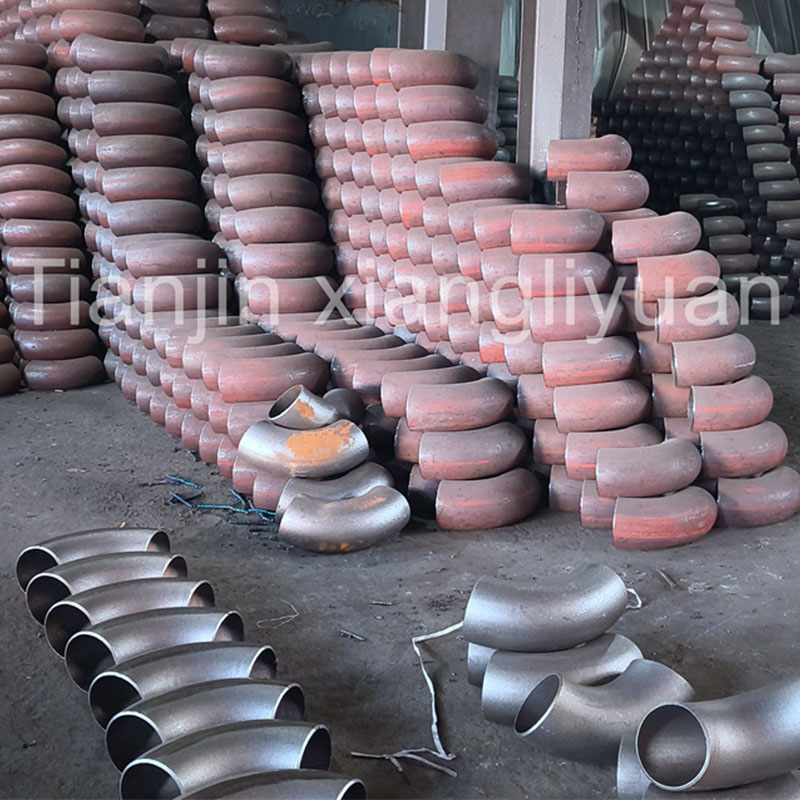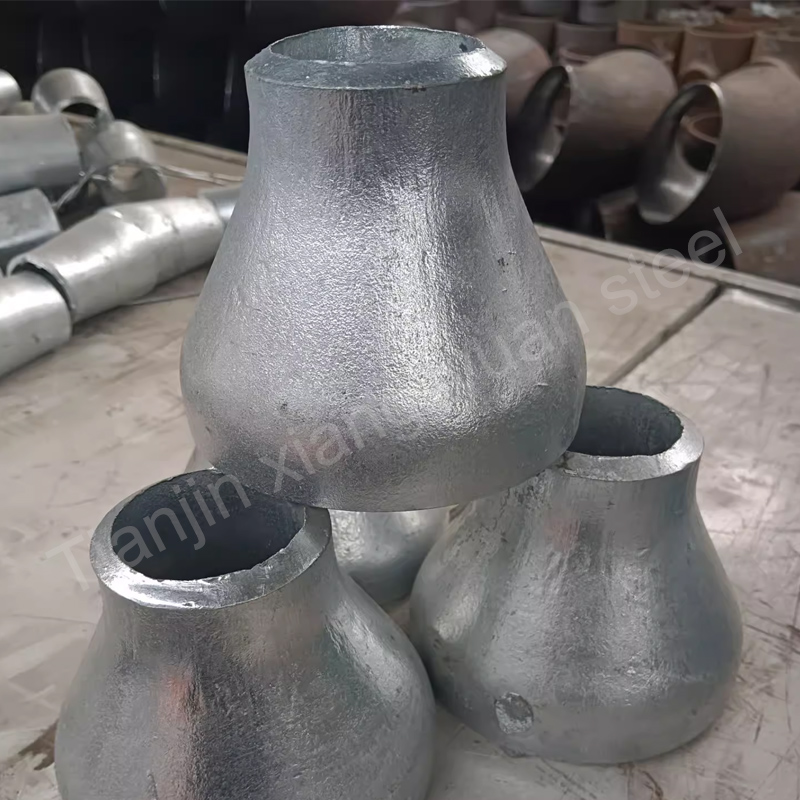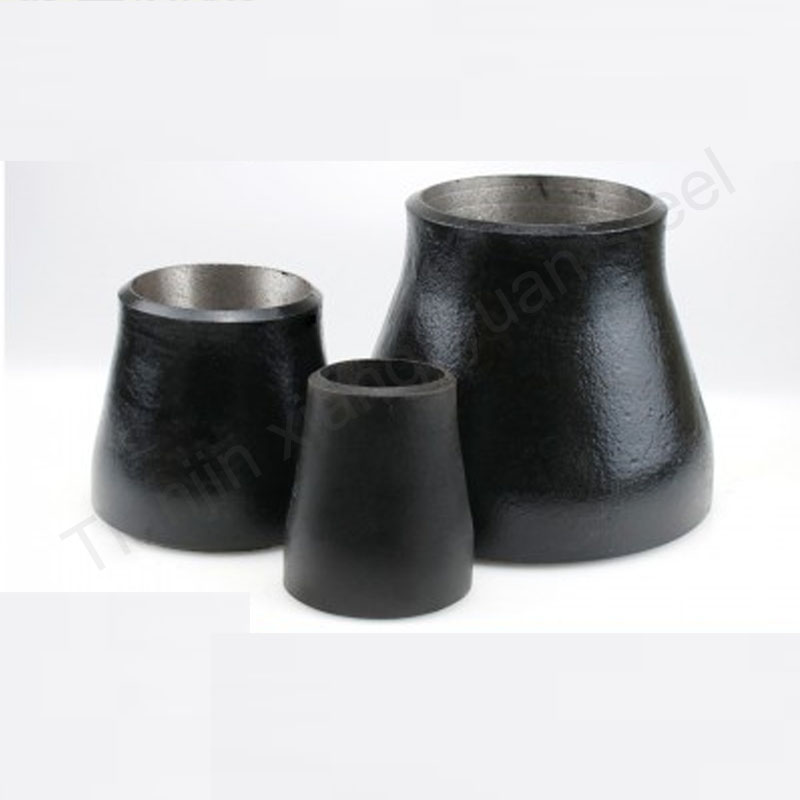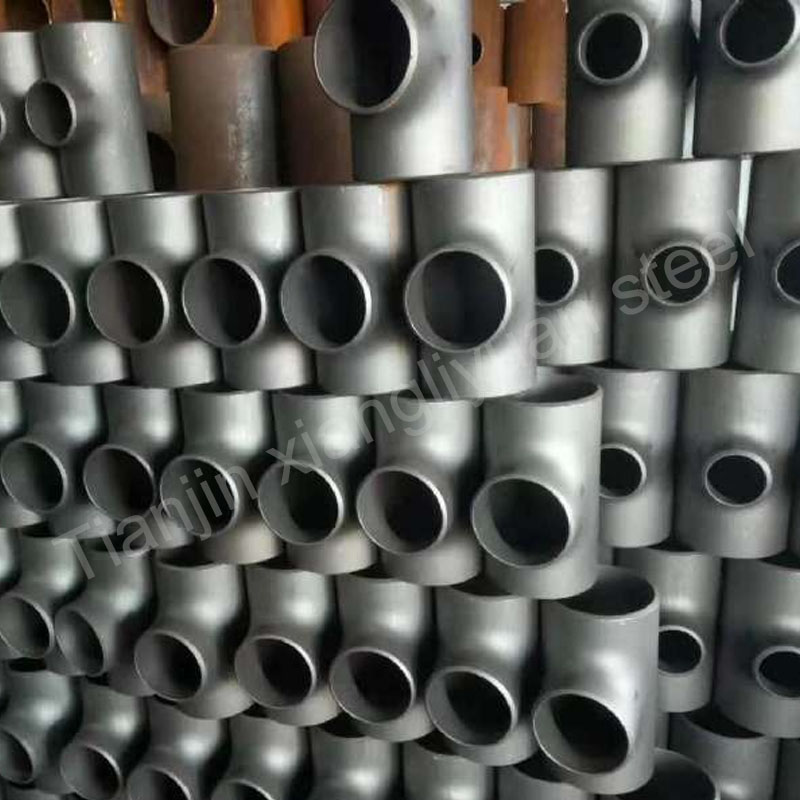Carbon steel elbow is a connector used in pipeline systems. It is mainly used to change the flow direction of the fluid. It can be connected to the pipeline by welding, threaded connection or flange connection. It is usually made of carbon steel material and has good mechanical properties and pressure resistance. Common angles are 45 degrees and 90 degrees, and other angles can also be customized according to needs.
The main functions of carbon steel elbows include:
Changing the direction of fluid: elbows are used to connect pipelines and can effectively change the flow direction of the fluid. There are usually 45 degrees and 90 degrees to choose from.
Shock absorption and buffering: By changing the flow direction, the impact of the fluid on the pipeline is reduced, which helps to reduce vibration and noise.
Pipeline connection: In the pipeline system, elbows provide a flexible connection method, making the pipeline layout more flexible and adaptable to different installation requirements.
Improve fluid flow: By optimizing the flow path, elbows can reduce flow resistance and improve fluid delivery efficiency.
There are relatively many standards for carbon steel elbows, mainly including:
China Standard (GB):
GB/T 12459: General technical conditions for pipe fittings.
GB/T 14383: Technical requirements for welded pipe fittings.
International Standards (ISO):
ISO 9001: Quality Management System Standards.
ISO 15156: Corrosion Resistance Standards for Materials Used in the Oil and Gas Industry.
American Standards (ASTM/ANSI/ASME):
ASTM A234: Carbon Steel and Alloy Steel Standards for Pipe Fittings.
ASME B16.9: Dimensions, Pressure Ratings and Material Standards for Pipe Fittings.
European Standards (EN):
EN 10253: Technical Standards for Pipe Fittings.
EN 10028: Steel Standards for Pressure Vessels.
Japanese Standards (JIS):
JIS G3452: Standards for Carbon Steel Pipes and Fittings.
Since carbon steel is prone to rust in humid or corrosive environments, and the oxides produced by corrosion may affect the quality of the fluid, carbon steel elbows are often treated with anti-corrosion treatments, which can effectively reduce oxidation and corrosion, significantly improve the durability of the elbows, and help avoid pipeline ruptures or leaks, thereby improving the overall safety of the system and reducing maintenance and replacement costs. Common anti-corrosion treatment methods include:
Coating anti-corrosion:
Epoxy resin coating: chemical corrosion resistant, suitable for humid or corrosive environments.
Polyurethane coating: has excellent wear resistance and weather resistance, suitable for outdoor use.
Hot-dip galvanizing: The carbon steel elbow is immersed in molten zinc to form a zinc coating on its surface, providing good anti-rust protection, suitable for water pipes and drainage pipes.
Electroplating: A layer of metal (such as zinc) is plated on the surface of carbon steel by electrochemical methods. Although the anti-corrosion effect is not as long-lasting as hot-dip galvanizing, the cost is relatively low.
Anti-corrosion agent dipping: The elbow is immersed in the anti-corrosion agent solution to penetrate its surface and form a protective film, which is suitable for long-term storage or infrequent use of equipment.
Cathodic protection: Prevent metal corrosion by applying external current or using sacrificial anodes, suitable for buried or underwater pipelines.
Alloying: Adding alloy elements such as chromium and nickel during the manufacturing process to enhance the corrosion resistance of the material, suitable for highly corrosive environments.
Because the elbow has good comprehensive performance, it is widely used in chemical industry, construction, water supply, drainage, petroleum, light and heavy industry, refrigeration, sanitation, plumbing, fire protection, electric power, aerospace, shipbuilding and other basic projects.

